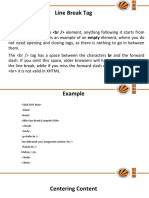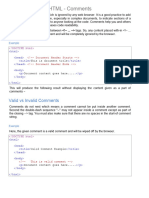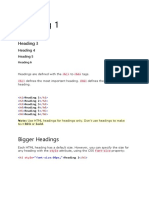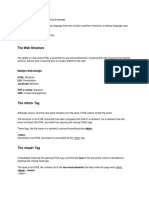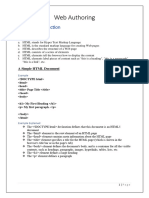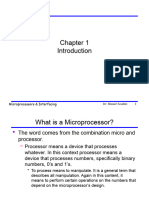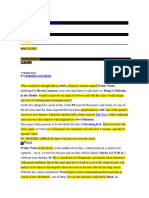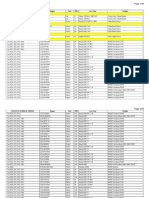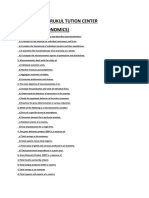0% found this document useful (0 votes)
78 views15 pagesHTML Comments Explained
The document discusses comments in HTML, including why they are used and different syntax for single-line, multiline, and inline comments. It provides examples of hiding elements and content using HTML comments.
Uploaded by
JeronimoCopyright
© © All Rights Reserved
We take content rights seriously. If you suspect this is your content, claim it here.
Available Formats
Download as PDF, TXT or read online on Scribd
0% found this document useful (0 votes)
78 views15 pagesHTML Comments Explained
The document discusses comments in HTML, including why they are used and different syntax for single-line, multiline, and inline comments. It provides examples of hiding elements and content using HTML comments.
Uploaded by
JeronimoCopyright
© © All Rights Reserved
We take content rights seriously. If you suspect this is your content, claim it here.
Available Formats
Download as PDF, TXT or read online on Scribd
/ 15






